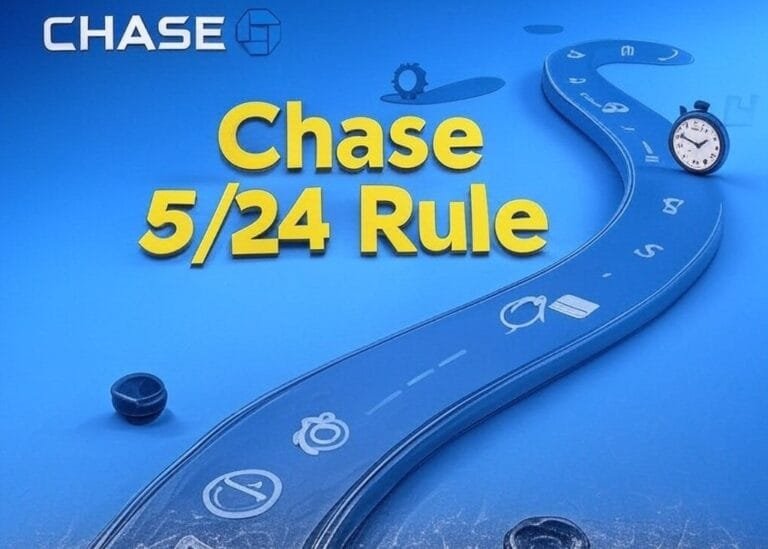Affiliate Disclosure: Travel with Plastic may earn a commission or referral bonus from some links on this site. These affiliate links help support our work and may influence the placement or promotion of certain products or services. However, our content is independently crafted to reflect honest opinions. Not all offers or products are included. There is no additional cost to users when they utilize our affiliate links.
As we continue to embrace the convenience of digital transactions, credit card fraud remains a prevalent threat that can disrupt financial stability and peace of mind. Fortunately, understanding how to protect your credit card information and prevent fraudulent activities is both crucial and achievable. This guide delves into effective strategies and practices that empower consumers to safeguard their financial assets against fraud.
Understanding Credit Card Fraud
Credit card fraud involves unauthorized use of your credit card information to make purchases or access funds without your consent. With advancements in technology, fraudsters have developed sophisticated techniques, making it essential for consumers to learn about these risks and how to counteract them.
Common Types of Credit Card Fraud
To effectively protect yourself, it’s important to recognize the different forms of credit card fraud:
Identity Theft: Occurs when someone uses your personal information to open new credit accounts or make purchases.
Card Not Present (CNP) Fraud: Involves using stolen credit card details for online or phone transactions.
Counterfeit Cards: Fraudsters create fake cards using stolen data from skimming devices or other methods.
Account Takeover: Happens when a fraudster gains control of your account and makes unauthorized transactions.
Proactive Measures to Prevent Credit Card Fraud
Implementing proactive measures is key in minimizing risk. Here are some crucial steps to take:
Secure Your Information
Shred Sensitive Documents: Always shred statements and any paperwork that contains sensitive information before disposing of it.
Use Strong, Unique Passwords: Craft robust passwords for your online accounts and avoid using the same password across multiple sites.
Enable Two-Factor Authentication (2FA): Add an extra layer of security by enabling 2FA on accounts that support it.
Be Vigilant with Your Accounts
Regularly Check Statements: Review your credit card and bank statements frequently to spot unauthorized transactions promptly.
Set Up Transaction Alerts: Many banks offer real-time alerts for transactions, making it easy to detect suspicious activity early.
Review Credit Reports Annually: Obtain and examine your credit reports from each of the three major bureaus yearly.
Online Shopping Safety
With the surge in online shopping, keeping your credit card secure during these transactions is paramount:
Shop on Secure Websites
Check for HTTPS: Always shop on websites that use HTTPS, which indicates a secure connection.
Avoid Public Wi-Fi: Refrain from entering credit card information when connected to public Wi-Fi networks to prevent data interception.
Use Virtual Credit Card Numbers: Some credit card issuers provide virtual credit card numbers for online purchases, offering an additional layer of security.
Technology as a Defense
Modern technology offers numerous tools to help defend against credit card fraud:
Utilize Mobile Payment Apps
Use Mobile Wallets: Mobile wallets, like Apple Pay or Google Wallet, use encryption and tokenization, making transactions more secure.
Download Bank Apps: Official banking apps often have enhanced security measures, providing a safer platform for mobile banking.
Consider Identity Theft Protection Services
Identity Monitoring: These services monitor your personal information and alert you to potential fraudulent activities.
Credit Monitoring: Continuous monitoring for changes to your credit report can help detect identity theft early.
What to Do When Faced with Fraud
If your credit card information has been compromised, immediate action can mitigate potential damage:
Immediate Steps to Take
Contact Your Card Issuer: Report any unauthorized transactions to your card issuer immediately.
Place a Fraud Alert: Contact one of the major credit bureaus to have a fraud alert placed on your profile, which will make it more challenging for others to open accounts in your name.
Dispute Fraudulent Charges: Work with your card issuer to dispute and remove fraudulent charges from your account.
Rebuilding Security Post-Fraud
After addressing fraud, focusing on restoration and further prevention remains crucial:
Recover and Fortify
Update All Passwords: Ensure all your account passwords have been changed and strengthened to prevent further incidents.
Monitor Accounts Closely: Keep a vigilant eye on your accounts for any unusual activity in the weeks following an incident.
Consider a Credit Freeze: Doing so restricts access to your credit report, making it difficult for fraudsters to open new accounts in your name.
By taking these precautions and staying informed, you can significantly reduce the chance of falling victim to credit card fraud. Whether you’re swiping in-store or clicking online, maintaining a security-first mindset will help you enjoy the convenience of credit cards with greater peace of mind.

